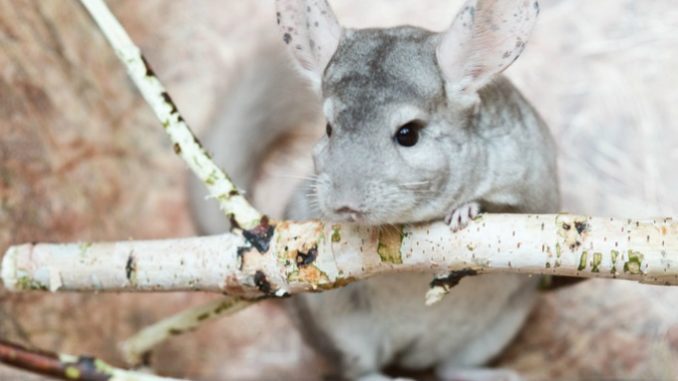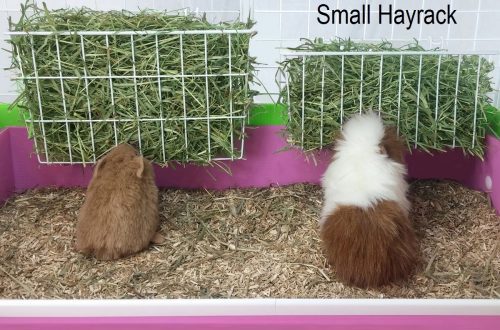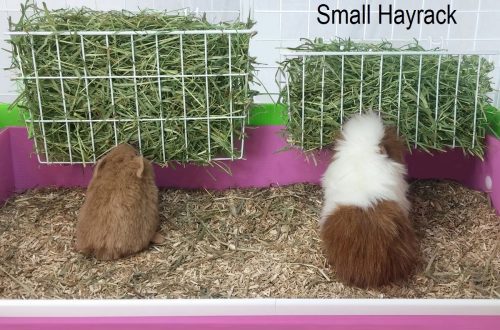
Kîjan şax dikarin ji çincîlayê (daran) re bên dayîn

The diet of rodents should be varied, so you need to add greens and young shoots to it. However, before filling the feeder, you should figure out which branches can be given to the chinchilla. Not every tree or shrub will have a beneficial effect on a pet.
Contents
Rêgezên kirîna materyalên xav
The need to introduce various shoots and twigs into the diet of rodents is explained by several factors:
- saturation of the pet’s body with vitamins and minerals;
- improvement of the dental system;
- a positive effect on the behavioral factor – chinchillas use branches as toys.
Features of harvesting green fodder at home:
- collection of branches is possible only in ecologically clean areas, far from highways, densely populated areas, industrial enterprises;
- the optimal time for collecting wood and foliage is the growing season;
- it is necessary to make sure that there are no moldy parts, lichens, traces of pests and fungus;
- at home, each rod must be washed sequentially with hot and cold water, dried;
- store in a place with a minimum moisture content;
- the bark on the rods should be left – it is she who contains the maximum concentration of nutrients.
What branches can be given to chinchillas
Shrubs and trees can not always be offered to chinchillas. Depending on what branches and twigs are available in abundance, the diet should be planned as follows:
- Hawthorn – before feeding, remove leaves and thorns, give 1-2 branches per week;
- Kalina – 2 pieces every 7 days;
- Gooseberries – 3 branches per week, previously peeled of thorns;
- Raspberries – also clean off everything that can harm the animal, 1 twig is supposed to be every 2 weeks;
- Sea buckthorn – remove the leaves, give a sprig 1-2 times a week;
- Rowan – the method is similar to sea buckthorn;
- Currant – it is supposed to distribute 3 pieces per weekly diet;
- Mulberry – you can pamper your pet once a week with 1 piece;
- Alder – effective for diarrhea if you feed the animal 1 twig every 7 days;
- Birch – the reception scheme is similar to alder;
- Willow – it is not recommended to exceed the dose of 1 twig for 2 weeks;
- Elm – shoot every 3 days;
- Pear – it is allowed to give 2 branches up to 3 times a week;
- Willow – can be given at the same frequency as a pear;
- Linden – can be constantly kept in a cage;
- Hazel – on a branch twice a week;
- Aspen – 1 rod 2-3 times a week.
Harmful branches for chinchillas
Veterinarians and zoologists identify many types of plants that can be given to rodents to improve health. However, there are varieties that chinchillas absolutely cannot. Among them:
- all varieties of conifers;
- citrus trees;
- apricot, plum, cherry;
- tree of any kind with resinous wood;
- lilac, buckthorn;
- cherry, elder, maple.
Knowing exactly what chinchillas eat, you can independently prepare for them a varied green menu and often the joy of a pet with a new delicacy that will only benefit.
Video: sprigs for chinchilla how to store and how much to give
Branches of which trees can be given to chinchillas
3.2 (64.07%) 59 votes





